





The Surrealism Website
Grace Pailthorpe (1883-1971)
 Grace Pailthorpe was the only daughter of ten children. During the First World War she saw active service as a surgeon in France and helped run a field ambulance unit. By the early twenties she was devoting herself to psychological medicine and had begun her training with a pupil of Freud, Dr Ernest Jones. She spent the rest of the decade in groundbreaking research into women's prisons, delinquency and birth trauma. In 1932 she helped found The Institute for the Scientific Treatment of Delinquency. This led to the establishment of the 'Psychopathic Clinic' later to be called the Portman Clinic that in 1948, became part of the NHS.
Grace Pailthorpe was the only daughter of ten children. During the First World War she saw active service as a surgeon in France and helped run a field ambulance unit. By the early twenties she was devoting herself to psychological medicine and had begun her training with a pupil of Freud, Dr Ernest Jones. She spent the rest of the decade in groundbreaking research into women's prisons, delinquency and birth trauma. In 1932 she helped found The Institute for the Scientific Treatment of Delinquency. This led to the establishment of the 'Psychopathic Clinic' later to be called the Portman Clinic that in 1948, became part of the NHS.
Pailthorpe's artistic career began at the age of 52, as a consequence of meeting Reuben Mednikoff, a professional artist. They set about immediately on a scientific project whose central aim was to use art 'as a shortcut to the unconscious'. Within a few years her work was exhibited at landmark Surrealist exhibitions in London and in New York. Her artistic work pushed forward her investigation into the unconscious, linking her professional interests with Surrealist practice. She saw this practice as psychologically liberating and it led her to pioneering work in the development of art therapy in the late thirties.
After the Second World War, Pailthorpe returned to psychoanalytical practice and continued to paint, although in private. She preferred painting in watercolour, a medium that allowed a speed and fluency of execution which she could equate with the 'automatic' practices of Surrealism; 'I felt that there must be somewhere a quicker way to the deeper layers of the unconscious than by the long drawn-out couch method and I had a feeling that it was through art. At any rate it should be used in conjunction'. She seldom exhibited during the last 25 years of her life.
The author Andrew Wilson, single handedly attempted the resurrection of Pailthorpe and Mednikoff's reputations, with an exhibition and the publication of an extended catalogue essay in 1998 called 'The Sluice Gates of the Mind'.
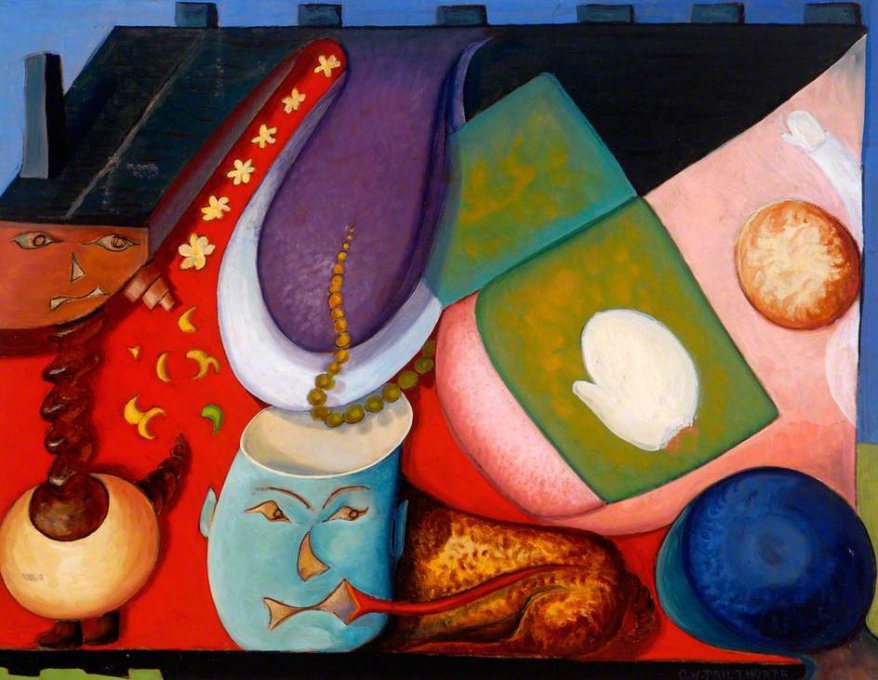
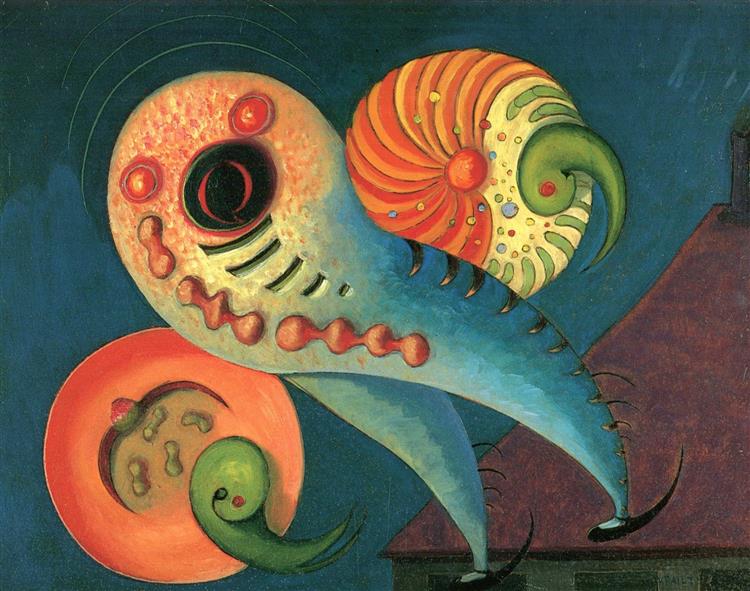
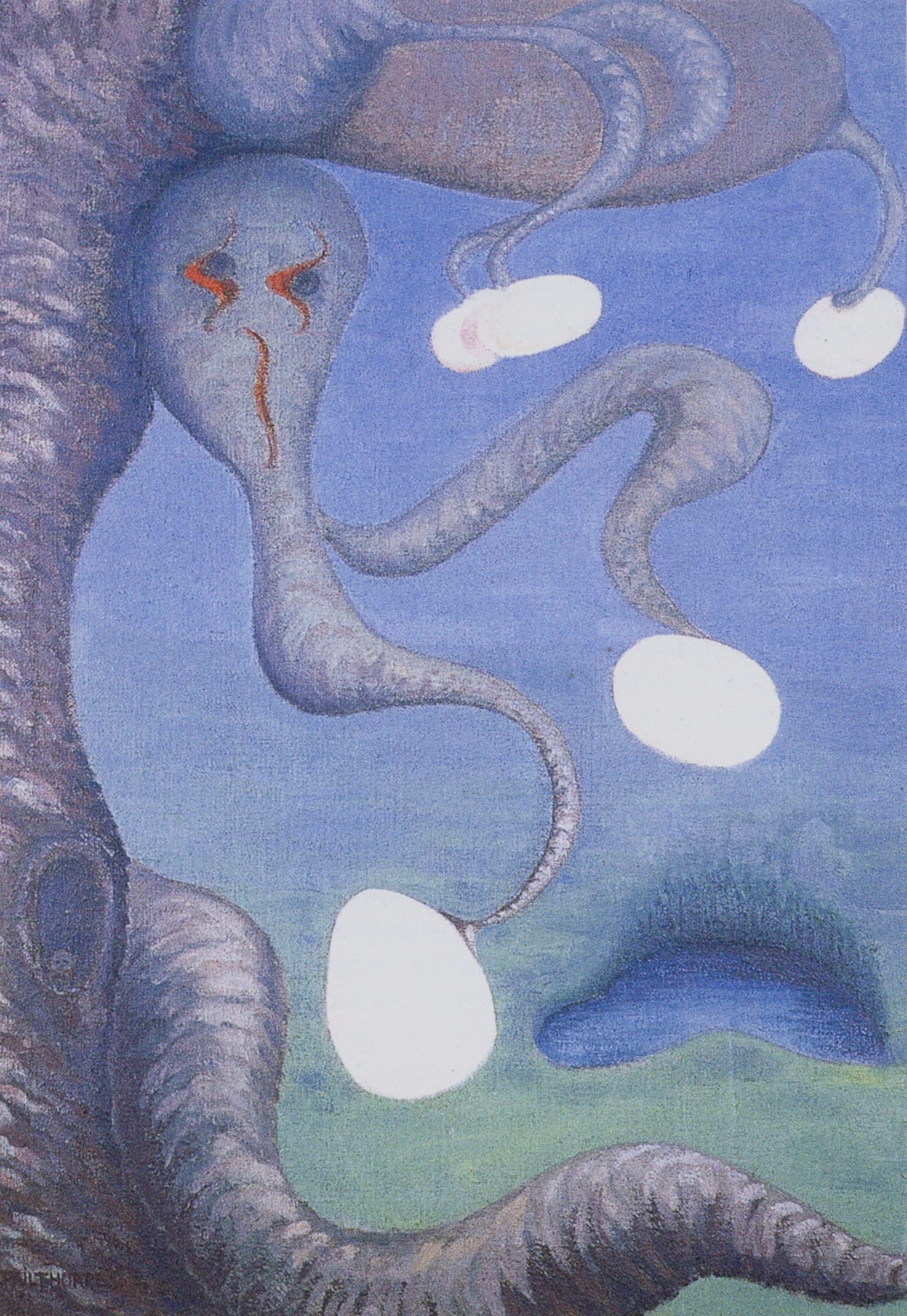
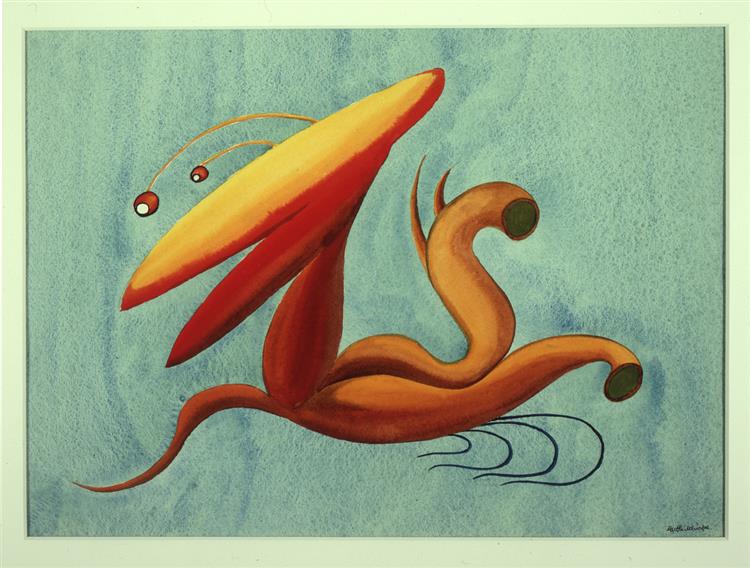
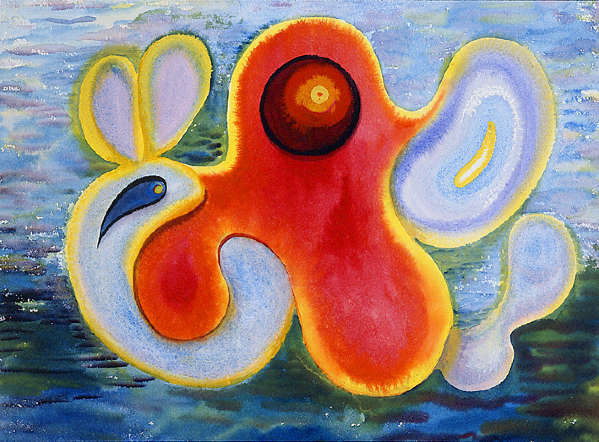

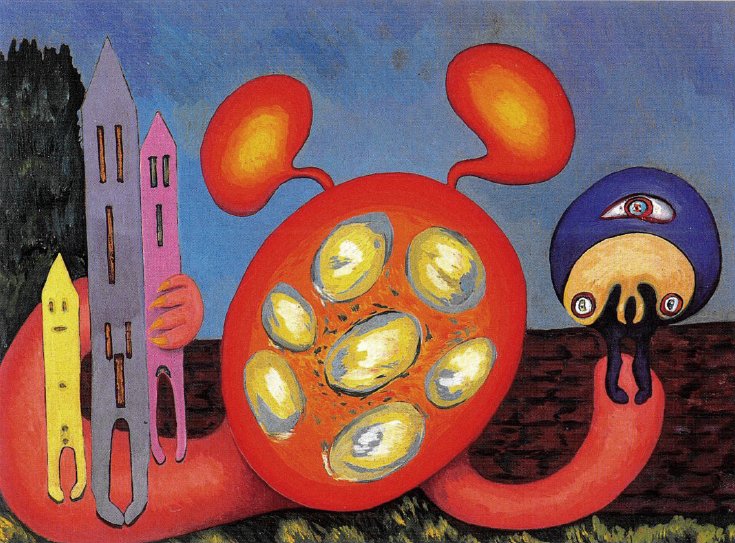


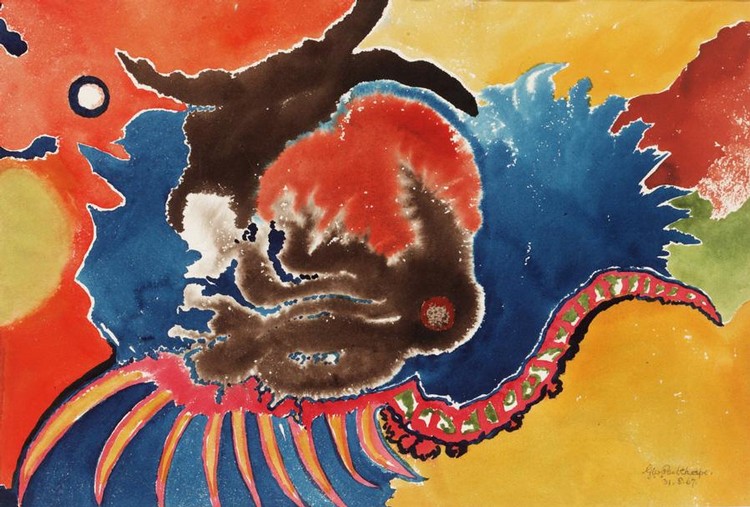
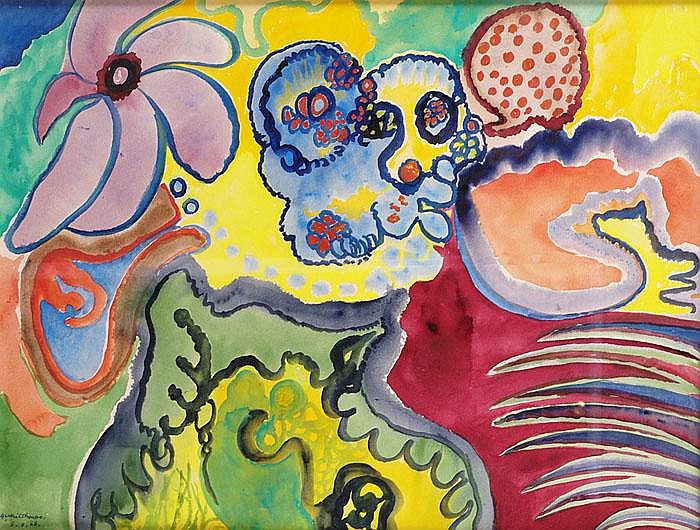


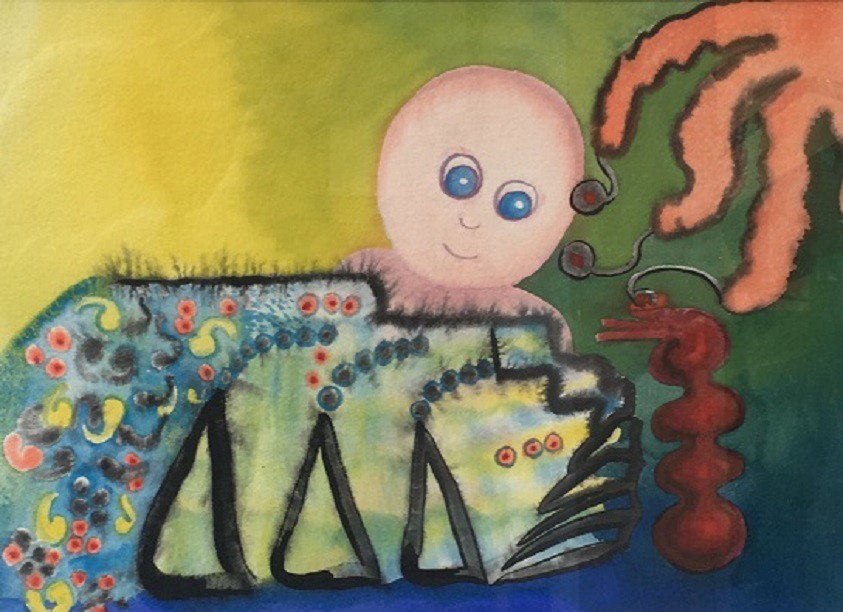

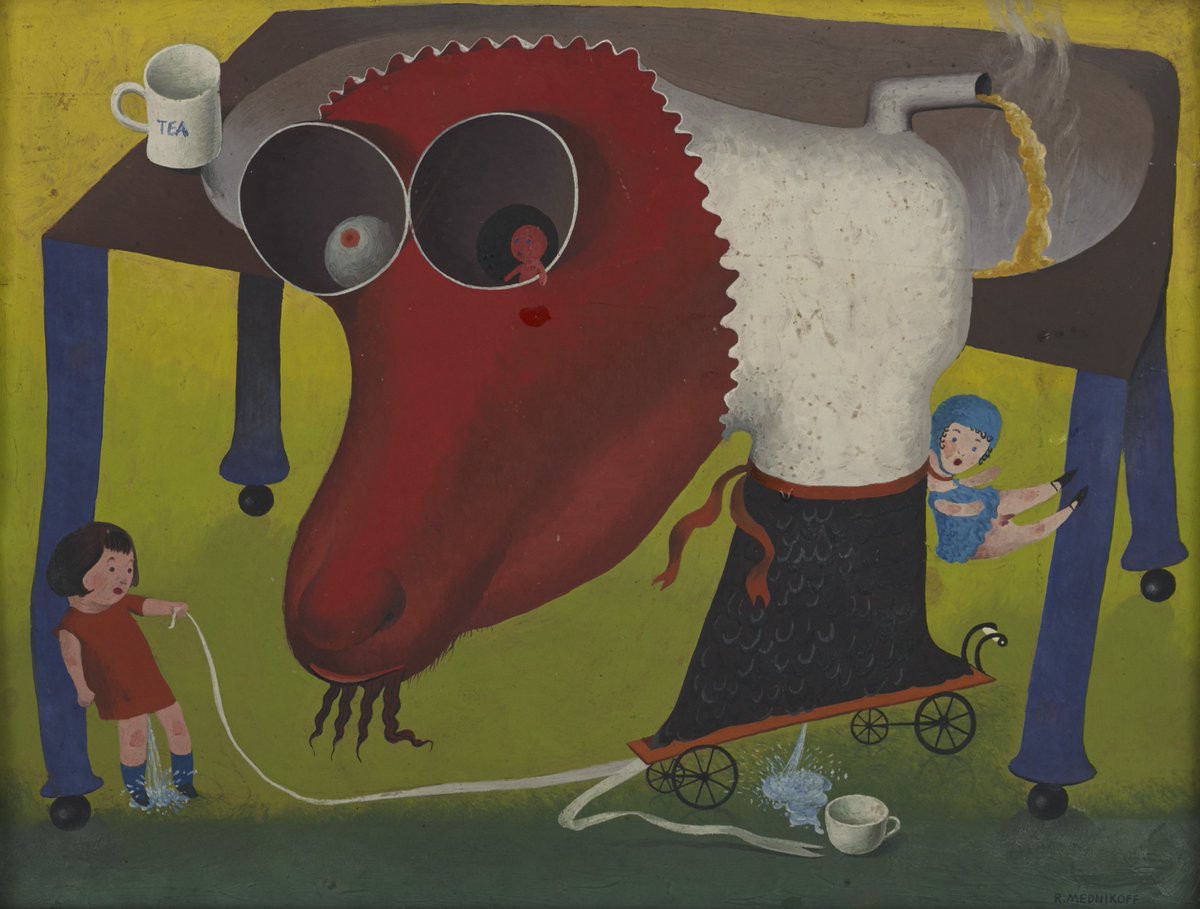






















 Grace Pailthorpe was the only daughter of ten children. During the First World War she saw active service as a surgeon in France and helped run a field ambulance unit. By the early twenties she was devoting herself to psychological medicine and had begun her training with a pupil of Freud, Dr Ernest Jones. She spent the rest of the decade in groundbreaking research into women's prisons, delinquency and birth trauma. In 1932 she helped found The Institute for the Scientific Treatment of Delinquency. This led to the establishment of the 'Psychopathic Clinic' later to be called the Portman Clinic that in 1948, became part of the NHS.
Grace Pailthorpe was the only daughter of ten children. During the First World War she saw active service as a surgeon in France and helped run a field ambulance unit. By the early twenties she was devoting herself to psychological medicine and had begun her training with a pupil of Freud, Dr Ernest Jones. She spent the rest of the decade in groundbreaking research into women's prisons, delinquency and birth trauma. In 1932 she helped found The Institute for the Scientific Treatment of Delinquency. This led to the establishment of the 'Psychopathic Clinic' later to be called the Portman Clinic that in 1948, became part of the NHS.